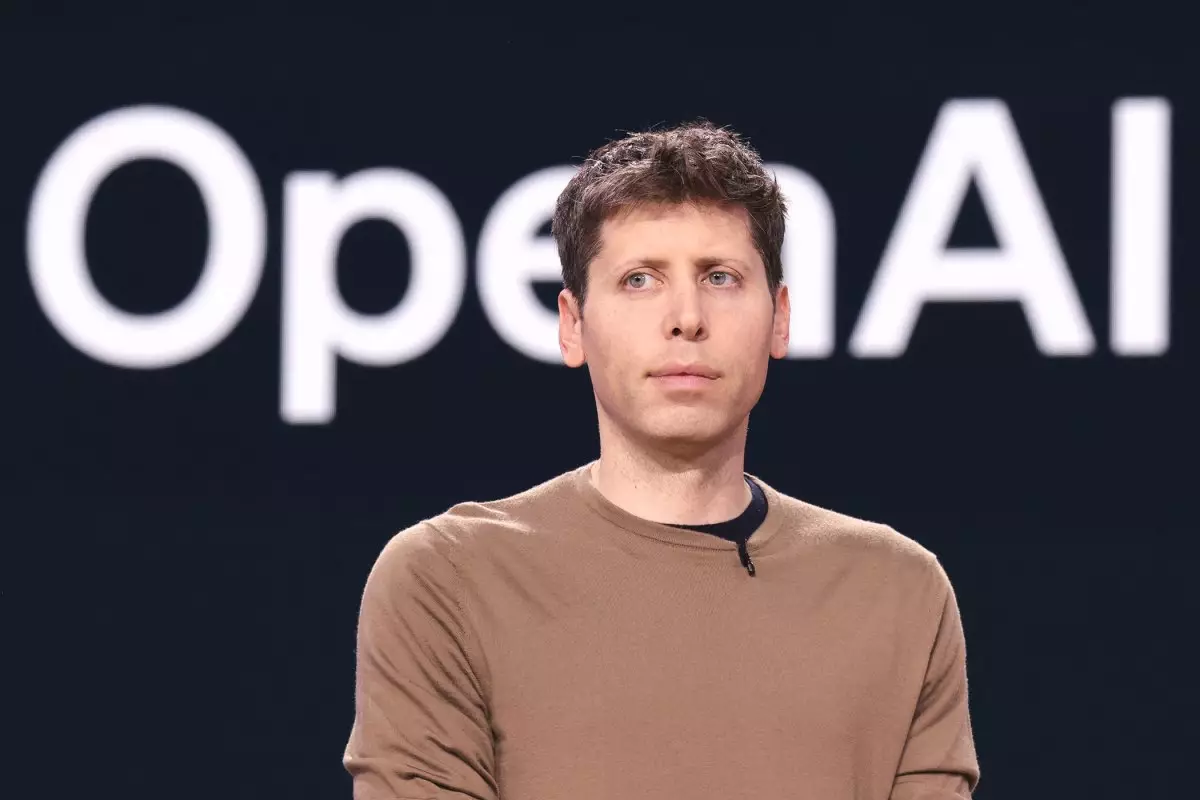In an era where artificial intelligence is rapidly evolving, responsible usage has emerged as a critical concern. OpenAI’s introduction of the Verified Organization ID verification process marks a significant pivot towards ensuring that access to its advanced AI models isn’t exploited. This initiative reflects a deeper understanding of the potential risks inherent in providing powerful technology to a broad base of developers. By requiring organizations to present a government-issued ID to authenticate their identity, OpenAI is taking a proactive stance against misuse and ensuring that its groundbreaking technology is used responsibly.
Mitigating Risks through Security Measures
OpenAI’s recent measures may be seen as a necessary bulwark against a small yet troubling subset of developers who might misuse the platform. The company has emphasized that while it seeks to democratize access to its sophisticated models, there are risks associated with unregulated usage. The Verified Organization approach serves to reinforce security, aiming not only to curb potential violations of usage policies but also to protect intellectual property from malicious actors. By introducing a well-defined verification process, OpenAI is setting a precedent for accountability that could influence how other tech companies approach AI governance in the future.
An Exclusive Club of Innovators
While the Verified Organization initiative is designed to enhance security, it also creates a kind of exclusivity in accessing cutting-edge AI capabilities. This exclusivity manifests in two ways: first, it requires organizations to navigate the verification process, which, though designed to be straightforward, might act as a gatekeeper that could deter smaller developers with limited resources. While it’s important to prioritize security, this approach could inadvertently hinder innovation from those unable to meet the verification criteria. As a result, there emerges a dichotomy between large, established organizations benefitting from unrestricted access and nascent startups striving to play catch-up.
The Broader Implications for AI Developers
The timing of this verification process also suggests an urgent need to counteract the actions of malicious groups reportedly using AI for nefarious purposes. Such developments raise an important question: how will OpenAI balance safety and accessibility as it continues to innovate? These restrictive measures could be perceived as a double-edged sword, aimed at fostering a safer environment while simultaneously imposing barriers that could stifle creativity and exploration. The effectiveness of this initiative in achieving its intended goals will depend on OpenAI’s ability to adapt and refine its policies in response to an ever-changing technological landscape.
The Role of Innovation and Ethical Responsibility
OpenAI’s decision to implement a verification process reflects an inherent belief that with great power comes great responsibility. While the initiative is undoubtedly a step toward ensuring that AI tools are utilized ethically, it also emphasizes the pressing need for transparency and dialogue within the tech community. Developers are encouraged to engage with OpenAI, sharing their insights and experiences as they navigate this new paradigm of security and access. Building an ecosystem that prioritizes ethical practices in AI development will require collaboration, and as such, this verification process should be viewed not merely as a barrier but as an invitation to participate in a larger conversation about the future of technology.

